The B-52 Bomber is getting more advanced radar than Russia’s Su-35 fighter
- By Alex Hollings
Share This Article
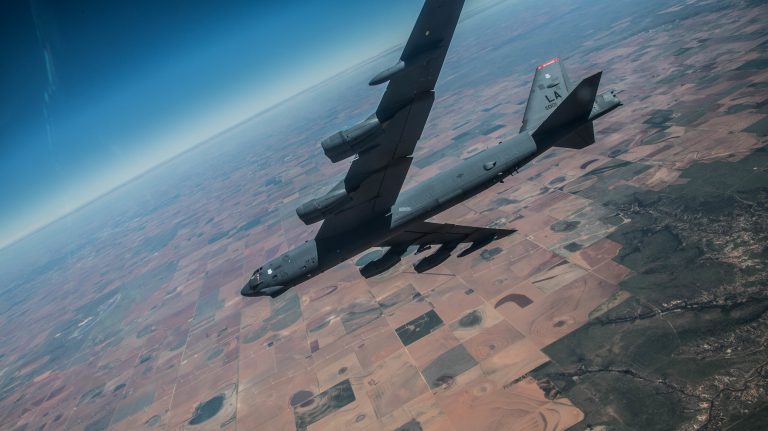
Last week, the first B-52 Stratofortress arrived at the Boeing facility in San Antonio, Texas to begin the installation of a powerful new Active Electronically Scanned Array (AESA) onboard radar system, giving the venerable bomber a significant boost in targeting capabilities.
The B-52’s new radar array, known as the APG-79, is very similar to the radar found onboard many export versions of America’s F/A-18 Super Hornet, giving the heavy payload bomber a more technologically advanced onboard radar than Russia’s top-tier 4th generation fighter, the Su-35.
Modernizing the B-52 for a new era
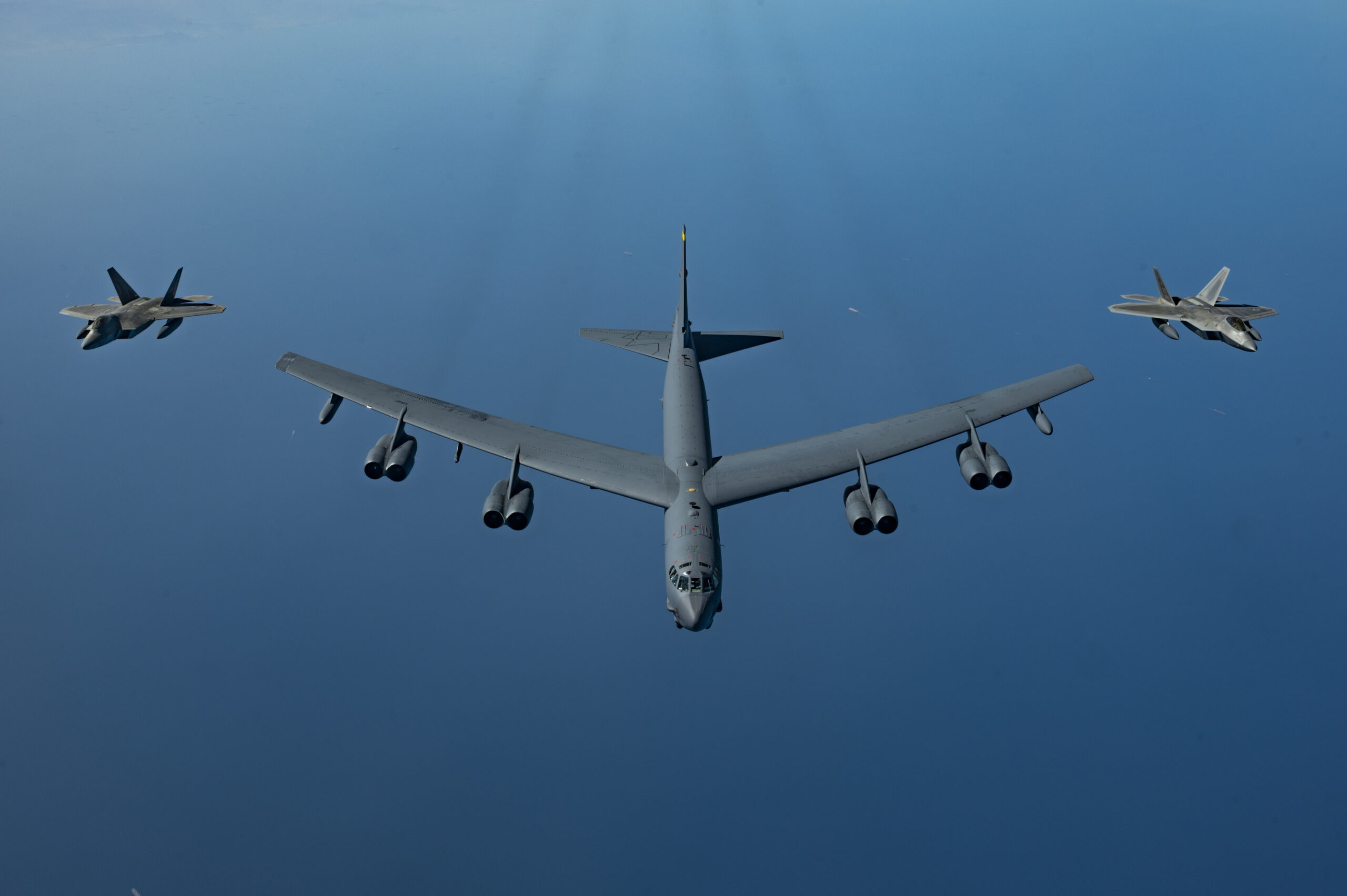
The Boeing B-52 Stratofortress or BUFF (a slang term for the B-52 based on the acronym Big Ugly Fat F***), began flying in 1952 and is now expected to outlive not just one, but two heavy payload bombers that were fielded thereafter to replace it. Now, as both the supersonic B-1B Lancer and the stealth B-2 Spirit fly toward retirement, the B-52 is receiving a technological facelift meant to keep it relevant for decades to come. The future of America’s bomber force is now expected to be comprised of fleets of modernized Stratofortresses and Northrop Grumman’s advanced new B-21 Raider, which is expected to enter service in the early 2030s.
Once fully updated, America’s newly capable bombers will be powered by eight new Rolls-Royce F130 turbofan engines managed by new digital engine control systems. Engine replacements were a necessary change, as the B-52’s long-serving Pratt & Whitney TF33-PW-103 turbofan engines are no longer in production, but the F130 is much more than a direct replacement.
Rather than starting from scratch on a new engine design, Rolls Royce pulled its existing commercial BR725 engine off the shelf — a system that usually powers long-duration-flight business jets like the Gulfstream G650, as well as similar military platforms like the C-37 VIP transport and E-11 BACN (Battlefield Airborne Communications Node).
As a result, the new F130 engines for the B-52 benefit from refinements made throughout more than 27 million accumulated engine flight hours, delivering what Rolls Royce promises will be a significant increase in both fuel efficiency and range. While exact figures remain elusive, claims from both Boeing and Rolls Royce have ranged from as little as a 30% increase in range to as much as a 40% increase.
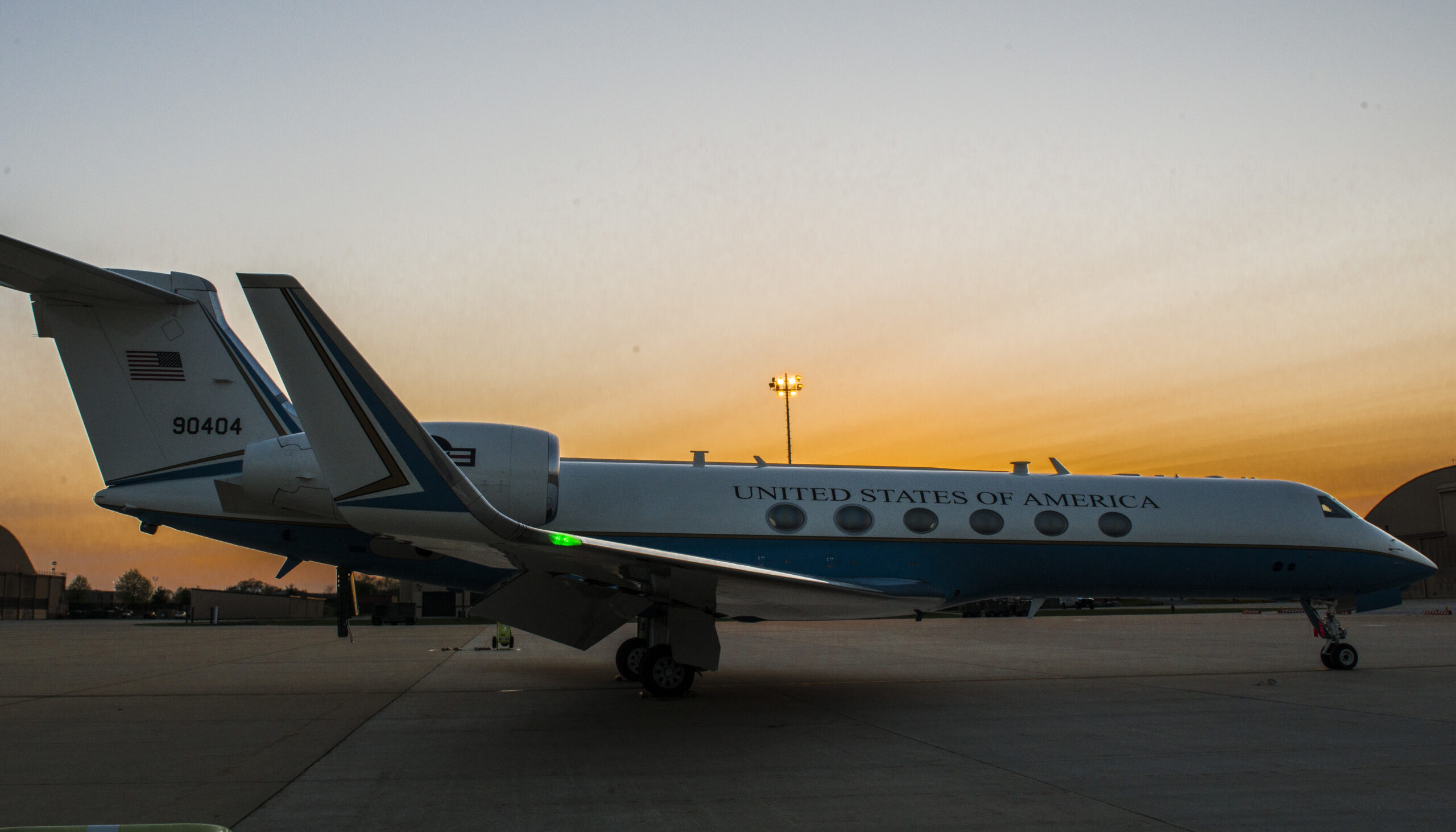
America’s vast fleets of tanker aircraft tend to lead many to undervalue the importance of extending range in aircraft like the B-52, but improved range not only benefits overall operating costs, but dramatically reduces the cost and infrastructure strain associated with organizing tanker flights around bombing operations. Boeing
But while these powerful new engines will keep the B-52 flying for a projected thirty more years, its powerful new onboard radar and accompanying avionics suite will ensure it is just as deadly for just as long.
Related: The B-52 was designed in a hotel room over one weekend
AN/APG-79: The B-52’s new fighter radar
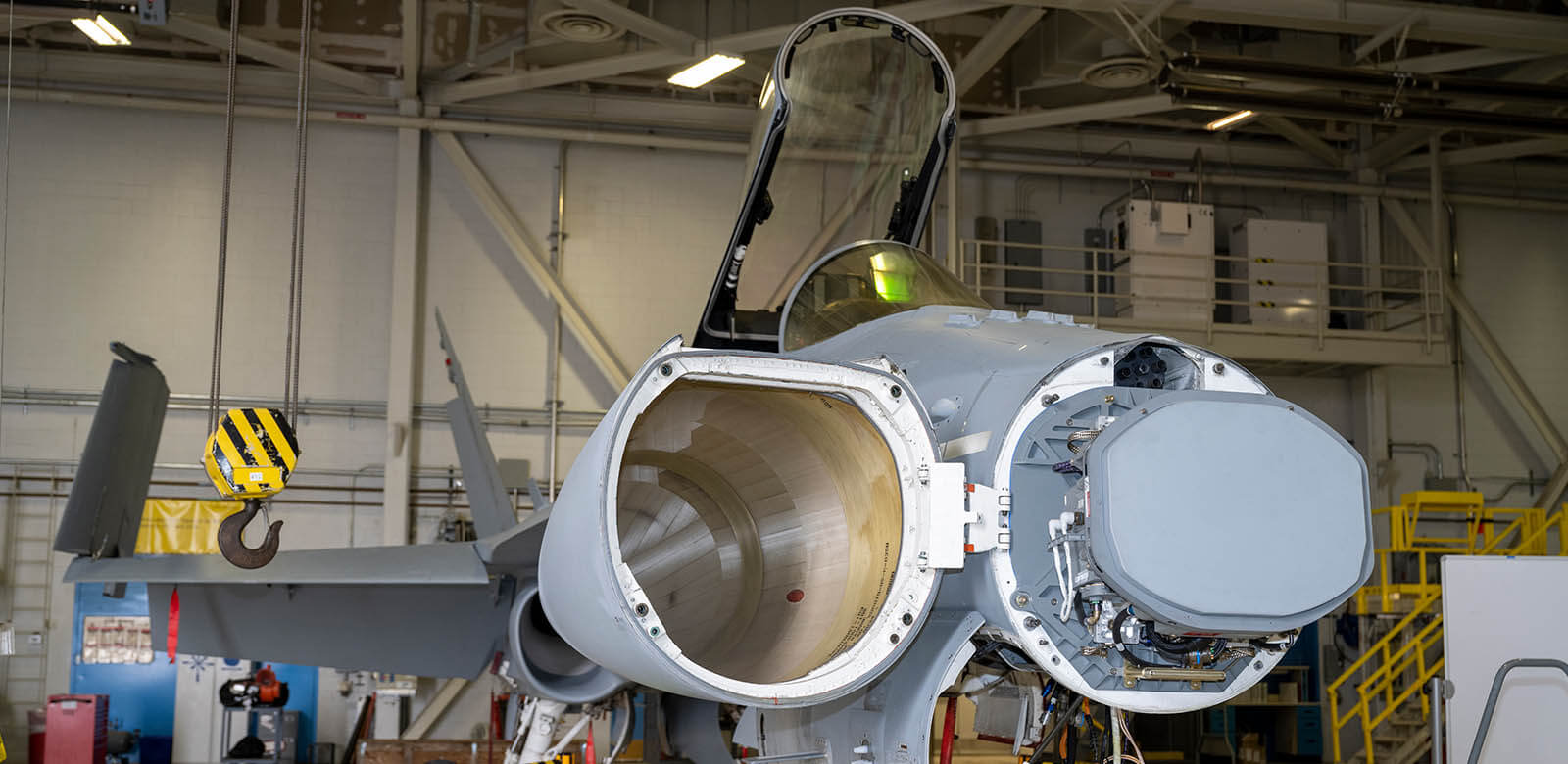
Despite the myriad updates and improvements made to the B-52 over the years, today’s BUFFs are still equipped with the 1960s-era AN/APQ 166 mechanically scanned array radar, though it did see some upgrading in the 1990s. The system’s age and technological limitations notwithstanding, simply maintaining them is becoming an increasingly difficult endeavor due to them no longer being in production. As such, the Air Force has chosen to swap the dated radar out for a vastly more modern and powerful system that will not only improve upon the AN/APQ-166’s traditional duties but will offer a number of new capabilities to boot.
The B-52’s new radar array, the AN/APG-79 Bomber Modernized Radar System, is an active electronically scanned array radar set that is, more-or-less, the same radar array found in many F/A-18 Super Hornets and EA-18G Growlers, just turned upside down to focus the breadth of its capability toward the ground, rather than the sky. Unlike its previously mechanically scanned array radar, which has to be physically steered while in use, actively electronically scanned arrays have no moving parts. Instead, AESA radars use a number of different solid-state transmit and receive modules, which dramatically reduces the chances of failure along with the maintenance requirements associated with the system.
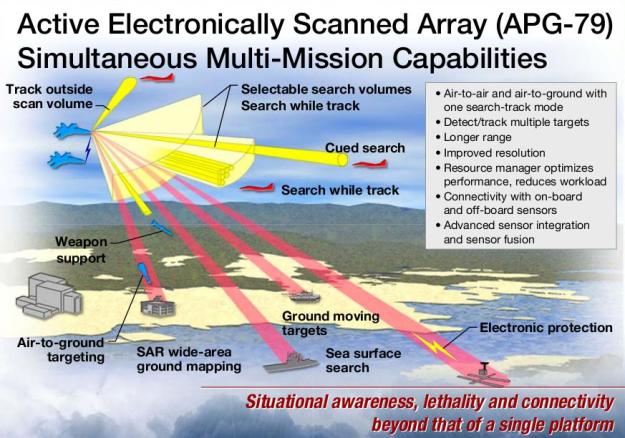
These separate solid-state transmit and receive modules allow the aircraft to project multiple radar beams in different directions simultaneously without any part of the array having to actually move. And because of these various modules, AESA radars are extremely jam-resistant, as they can leverage a breadth of frequencies simultaneously.
This modern X-band array, which is similar in function to the F-35’s AN/APG-81 radar, has a reported detection range for small 1-square-meter targets of more than 93 miles (150 kilometers) with high image resolution for both target identification and, importantly, allowing for intelligence, surveillance, and reconnaissance operations.
The system is capable of identifying, tracking, and guiding weapons toward multiple targets simultaneously. The array is also capable of Synthetic Aperture Mapping (SAR), or producing three-dimensional reconstructions of landscapes, terrain, and even targets.
In fact, this powerful new radar array is so good that it even outclasses the arrays in some of Russia’s most heralded fighters.
Related: How B-52 Bombers shot down enemy fighter jets in Vietnam
The B-52’s new radar is more advanced than the radar in Russia’s Su-35
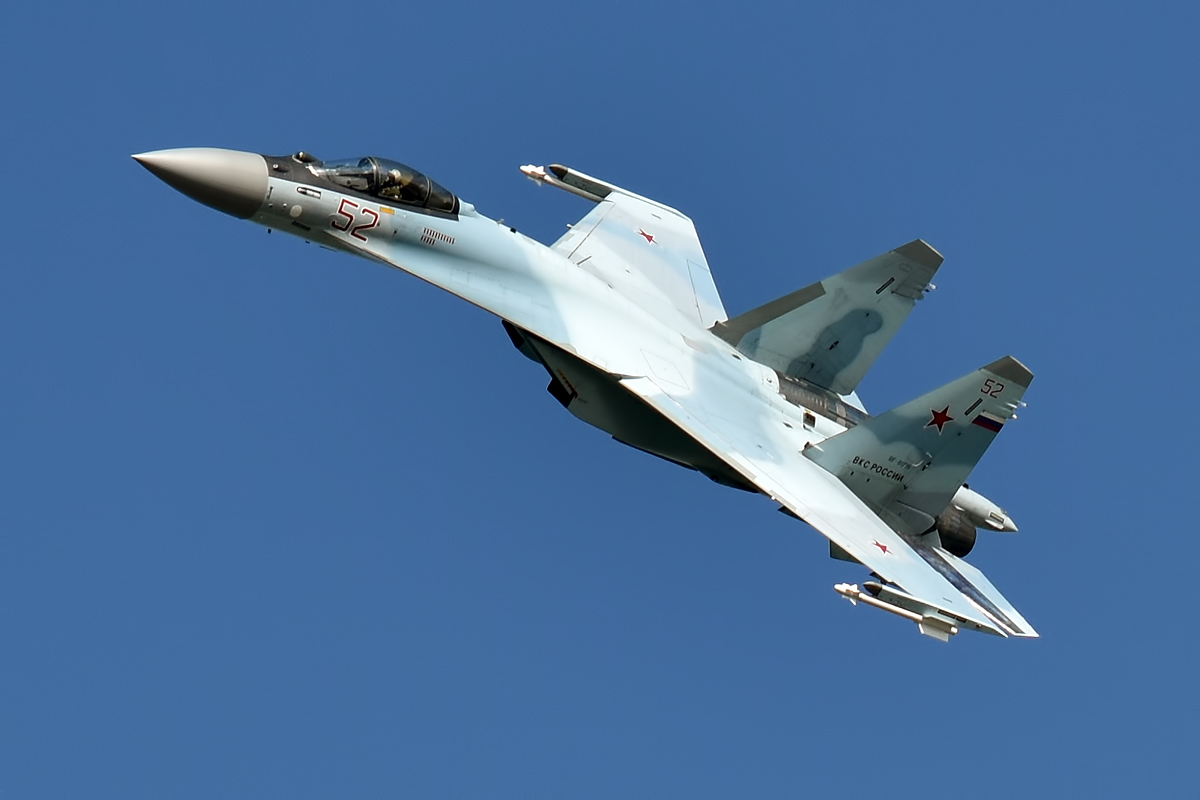
While Russia’s most advanced Su-57s, of which there are only a dozen or so production models, may come equipped with a more modern AESA radar, but Russia’s current top-tier frontline fighter, the Sukhoi Su-35, is still flying with a much older radar design in its hybrid passive electronically scanned array radar known as the Irbis-E, which is physically turned via a hydraulic drive unit. This system, while dated, is nonetheless, quite powerful, even if not as capable as many often claim.
And like many Russian military technologies, there are been a number of lofty claims made about the Irbis-E online, including that its detection range for targets of three square meters or larger extends out to 217 miles (350 kilometers) or more, though a number of experts have called these claims into question. That 350-kilometer-claim, it appears, was based on the fighter being given a direct cue via a handoff from another radar set nearby, like an AWACS. Instead, it appears the Irbis-E may be able to identify large targets like a bomber from as far out as 155 miles (250 km) and fighters only as close as 62 miles (100 km).
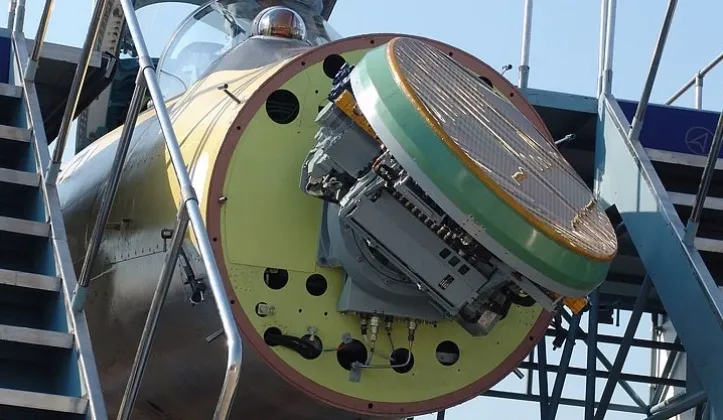
As a basis for comparison, once again, the APG-79 going in the B-52 has a publicly disclosed detection range of 93 miles for targets that are just one square meter, which is on the larger side of estimated returns for Russia’s stealth fighter, the Su-57. Non-stealth Russian fighters like the Su-27 have a radar return of closer to 10-15 square meters.
In one testing video, the Irbis-E was allegedly able to detect a single target at a range of 166 miles (268 km), but wasn’t able to actually target the single aircraft until it was closer than 62 miles. In fact, the system wasn’t able to target an aircraft carrier from beyond 124 miles (200 km). And perhaps worst of all, the Irbis-E lacks both data link and data processing capabilities, making it difficult to discern between friendly and enemy targets and impossible to leverage “fire and forget” type weapon systems.
Feature image courtesy of the U.S. Air Force
Read more from Sandboxx News
- This is the system that used jet power to help overloaded aircraft take off from very short runways
- The Tabuk DMR – When Iraq decided to make its own AK
- Report finds inadequate medical oversight led to 2022 SEAL candidate’s death
- Still in Saigon: How a Vietnam War song can speak to all veterans
- A Russian soldier’s newly translated account of the war in Ukraine reveals the poor state of Russia’s military
Related Posts
Sandboxx News Merch
-

A-10 ‘Warthog’ Poster
$22.00 – $28.00 Select options This product has multiple variants. The options may be chosen on the product page -

F-35 ‘Lightning’ Framed Poster
$45.00 – $111.00 Select options This product has multiple variants. The options may be chosen on the product page -

A-10 ‘Thunderbolt Power’ Poster
$22.00 – $28.00 Select options This product has multiple variants. The options may be chosen on the product page

Alex Hollings
Alex Hollings is a writer, dad, and Marine veteran.
Related to: Airpower, Breaking News, Gear & Tech

The A-12 Avenger II would’ve been America’s first real ‘stealth fighter’
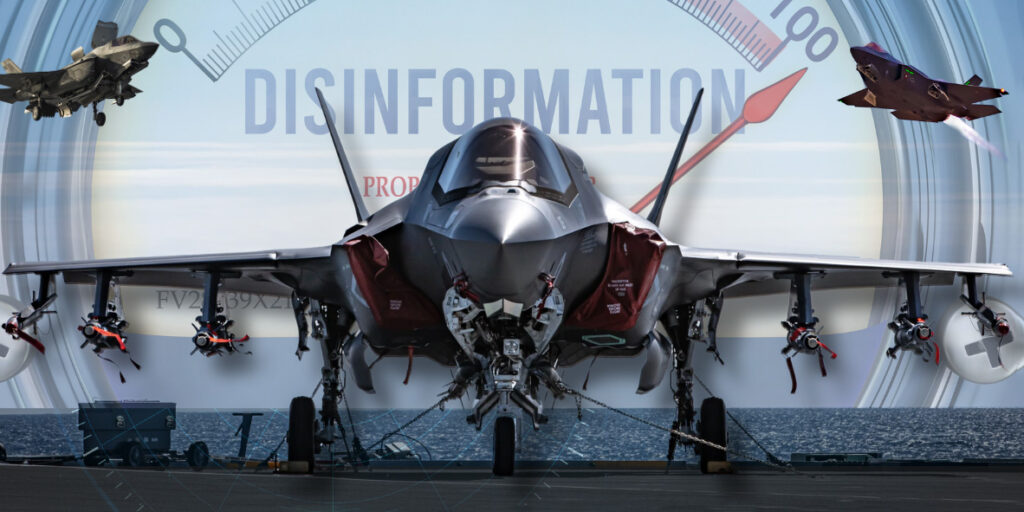
Why media coverage of the F-35 repeatedly misses the mark

It took more than stealth to make the F-117 Nighthawk a combat legend
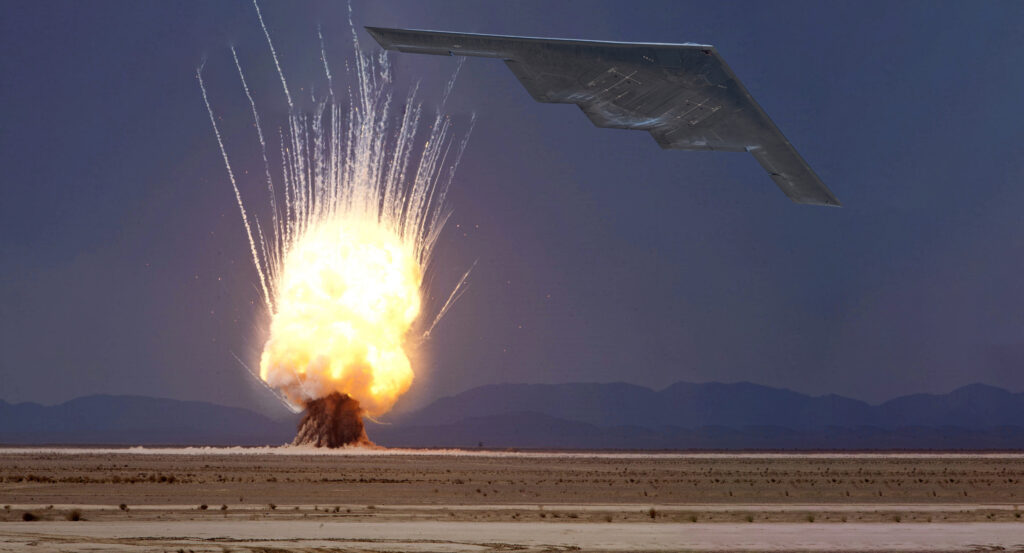
B-2 strikes in Yemen were a 30,000-pound warning to Iran
Sandboxx News
-

‘Sandboxx News’ Trucker Cap
$27.00 Select options This product has multiple variants. The options may be chosen on the product page -

‘AirPower’ Classic Hoodie
$46.00 – $48.00 Select options This product has multiple variants. The options may be chosen on the product page -

‘AirPower’ Golf Rope Hat
$31.00 Select options This product has multiple variants. The options may be chosen on the product page -

‘Sandboxx News’ Dad Hat
$27.00 Select options This product has multiple variants. The options may be chosen on the product page
